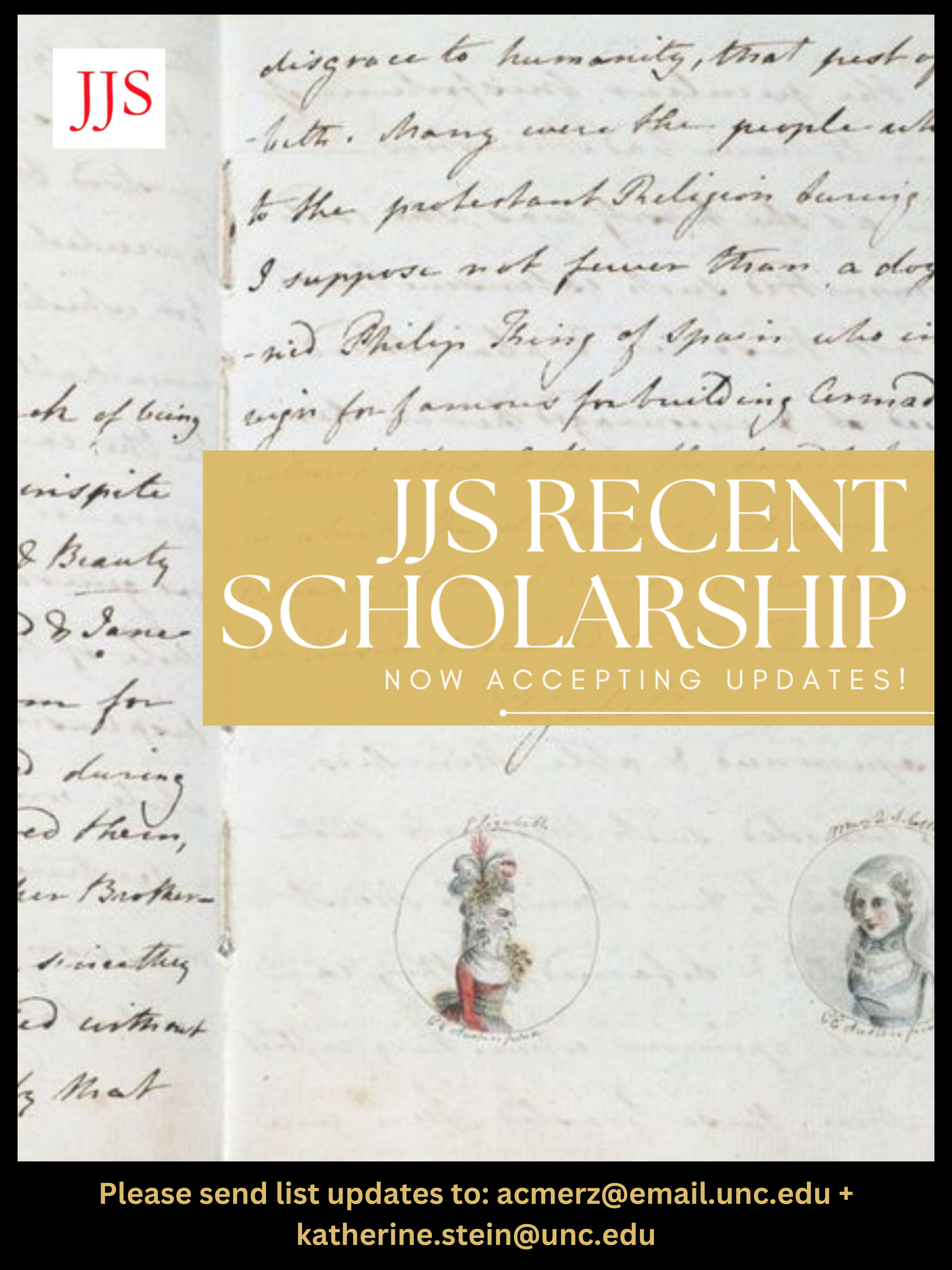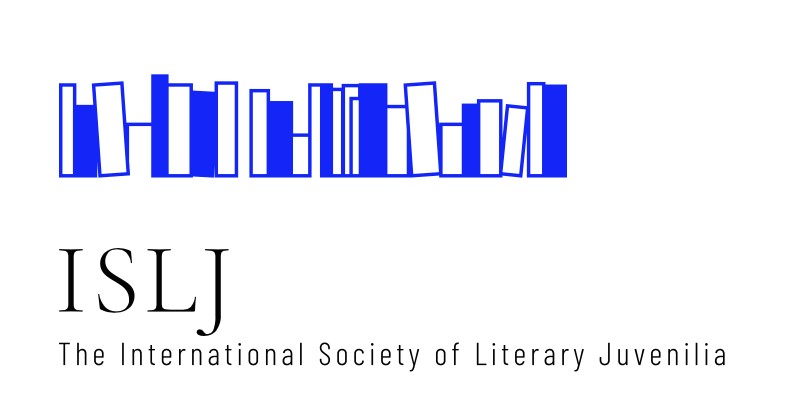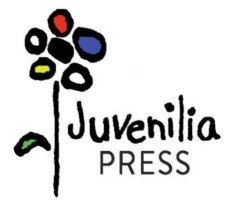A Spirit of the Age
Elizabeth Barrett Browning’s 1822-26 Notebook, Romantic Writers, and the Commonplace Book Tradition
DOI:
https://doi.org/10.29173/jjs121Keywords:
Elizabeth Barrett Browning, Victorian poetry, juvenilia, women writers, commonplace booksAbstract
This essay turns a spotlight on Elizabeth Barret Barrett's unpublished 1822-26 notebook (now in Wellesley College Library). A seldom-cited archival text, the 231-page notebook opens a window on Romantic culture and writers in the years it spans. It also illumines the intellectual and artistic formation of the gifted juvenile author who would become England’s most internationally influential woman poet by 1850 under the name of Elizabeth Barrett Browning. The notebook includes drafts of original compositions, memoranda (for example, “Stray Thoughts,” “List of Books I wish to have”), and extracts or analyses documenting EBB’s self-education through wide-ranging reading across genres, fields, and national boundaries. The largest category of entries is made up of review-like commentaries, principally on recently published books, in which EBB hones a critical voice shaped by the periodical press of the period. Writers treated range from major literary figures like Lord Byron, Letitia Landon, Madame de Staël, and Mary Shelley, to others influential or emerging at the time (e.g., Robert Southey, James Hogg, Anna Jameson, James Fenimore Cooper), to authors of memoirs, biographies, histories, and works of political philosophy. Examination of the hybrid form as well as the mixed contents of the notebook indicates that it both participates in the commonplace book tradition and reflects Romantic transformations in that tradition exemplified by Samuel Taylor Coleridge’s notebooks. In the process, EBB’s 1822-26 notebook offers a perspective on the mid-1820s very different from William Hazlitt’s in The Spirit of the Age (1824-25); it also demonstrates the budding acumen as a literary critic later expressed in her contributions to Richard Hengist Horne’s A New Spirit of the Age (1844). Notably too, the notebook underscores the cosmopolitanism and engagement with contemporary subject matter that underpins her later artistic practice, especially in her representation of “this live, throbbing” modern age in Aurora Leigh (1856).
Downloads
Published
Issue
Section
License
The Creative Commons Attribution-Noncommercial-No Derivatives 4.0 International license applies to all works published by the Journal of Juvenilia Studies and authors retain copyright of their work.
![]()



.jpg)
 Dedicated to the discussion and promotion of literary works by young writers
Dedicated to the discussion and promotion of literary works by young writers

